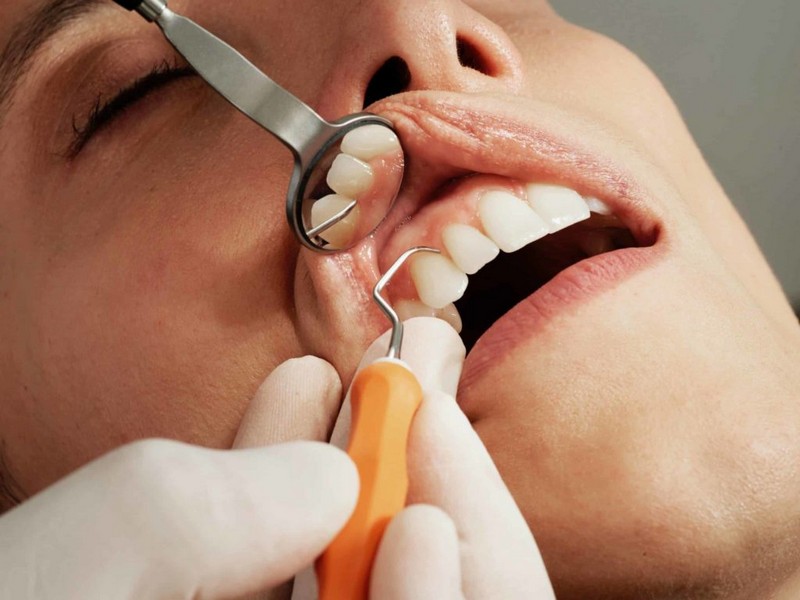Pocket Reduction

It’s relatively common for periodontal diseases to cause the formation of pockets between the gums and teeth. These pockets often require treatment as they can gather plaque and bacteria. However, they may require surgery if non-surgical treatments cannot reduce their depth. Surgery on bone and gum can minimize gaps between both, saving the teeth. It also enables dentists to remove any tartar present below your gum line.
Pocket reduction usually starts with a flap procedure, where the gums are separated from your teeth to be attached to their new position later. In many cases, an osseous surgical procedure may be performed, which involves the smoothing and reshaping the bone. Once the treatment is completed, your gum line will be lower, leaving the teeth more exposed. When the roots are exposed, ongoing fluoride treatment or other substances may be required to lower sensitivity.
Additional substances are then applied to aid the gums and ligaments in reattaching them. Specific tools may be used to seal the area off and minimize bleeding. Finally, the flaps are sewn shut to reduce the depth of the pockets. The dentist may use a dressing to ensure that the area remains protected.










